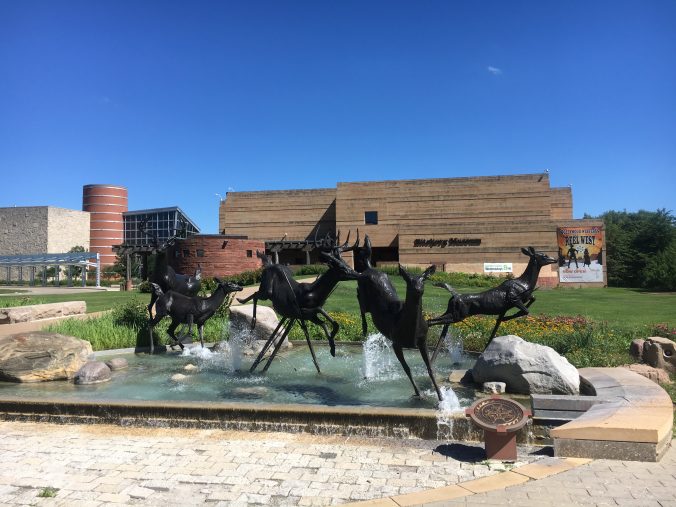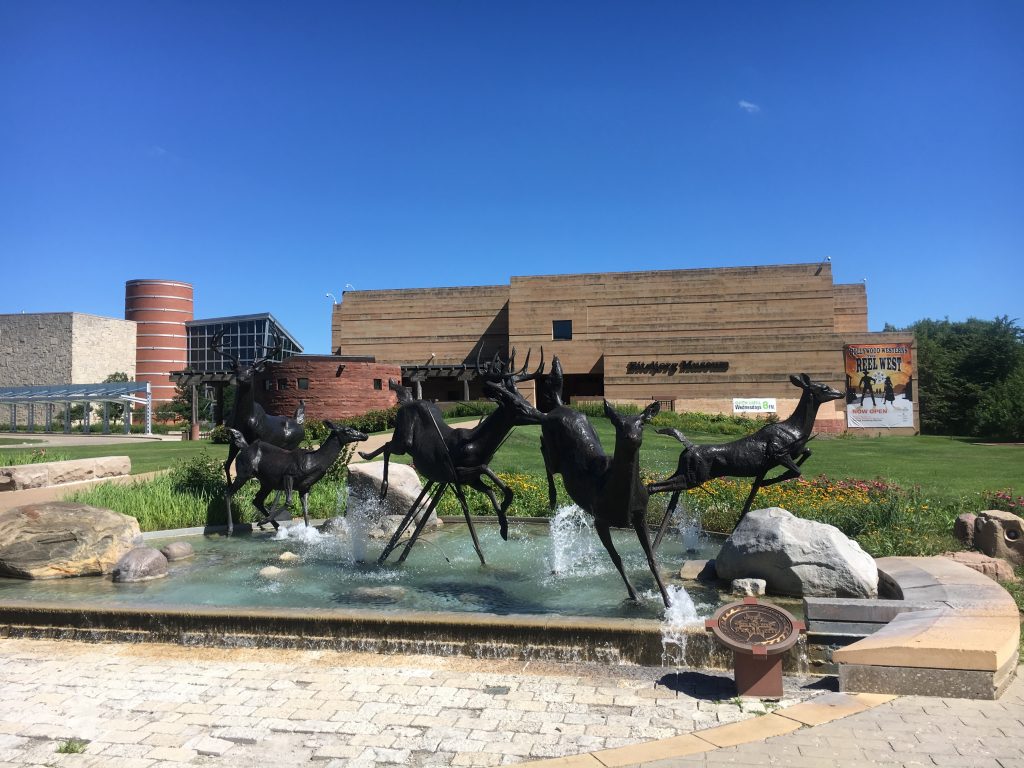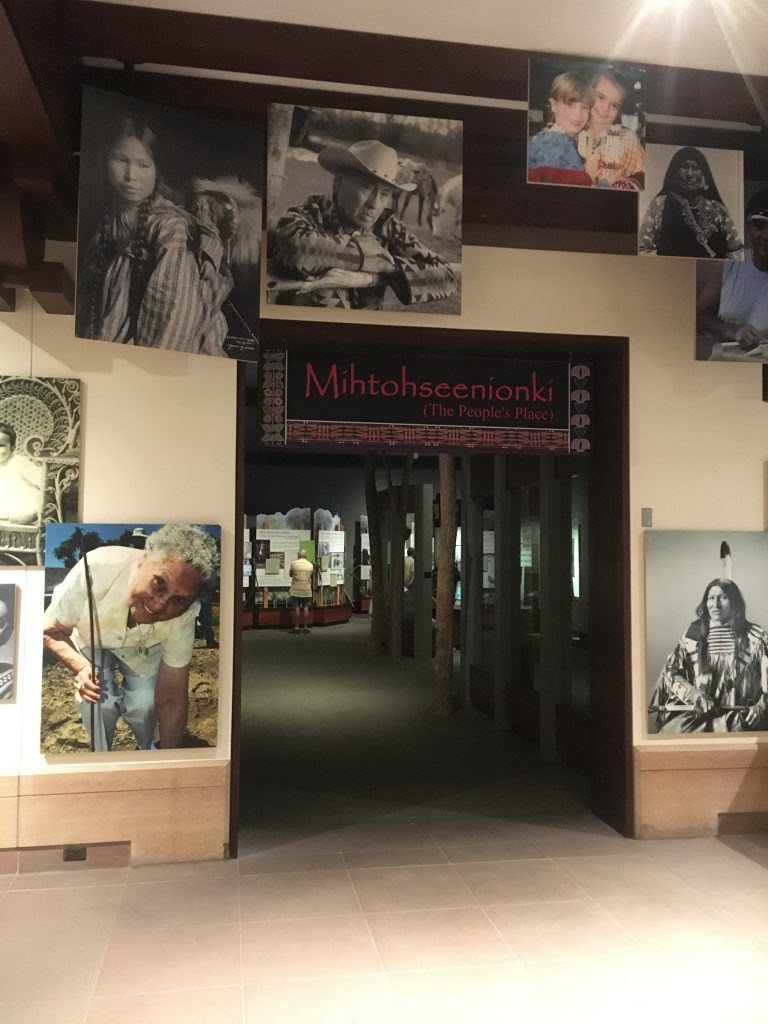The International African American Museum, a museum planned to trace African-American history in America from slavery to today, has hired a rapid response educator to help create exhibits in response to current events. Brenda Tindal had previously done this work at the Levine Museum in which she created an exhibit on modern race relations in the months after police brutality riots in 2016.
The choice to hire an educator focusing on rapid response and current events follows a new trend in museums. Whereas most new exhibitions take months, even years, of planning before coming to fruition, museums are consciously choosing to incorporate current issues and events to better serve their communities. This new trend has gone hand in hand with rapid response collecting. A practice in which museums begin collecting items from current events they deem important to our current society.
While this has been a growing trend for some time, our current political and social climate has accelerated the need for exhibits to give a voice to social issues. Just this month, the National Civil Rights Museum (NCRM) in Memphis opened an exhibit I AM A CHILD, to shed light on our current immigration crisis and the separation of children from their parents at the border. This exhibit was the result of a photoshoot by Paola Mendoza and Kisha Bari on the steps of the Immigration and Customs Enforcement Agency in New York City. These photos, only taken one month prior to the exhibits opening, went viral. This led to NCRM to contact the pair via twitter about a rapid response installation at the museum. I AM A CHILD, speaks not just to a current human and civil rights crisis, but also to the power of social media to fight for social change.
While many museums are turning towards rapid response exhibits and installations to promote social awareness and change, the practice is also a necessary step to changing the narrative around museums. Museums for far too long have curated the dominant narrative of many cultures. It is time for us to step back and tell the story as it happens and embrace the fact that museums are biased.
Further Reading
National Civil Rights Museum harnesses social media for ‘rapid response installation’


